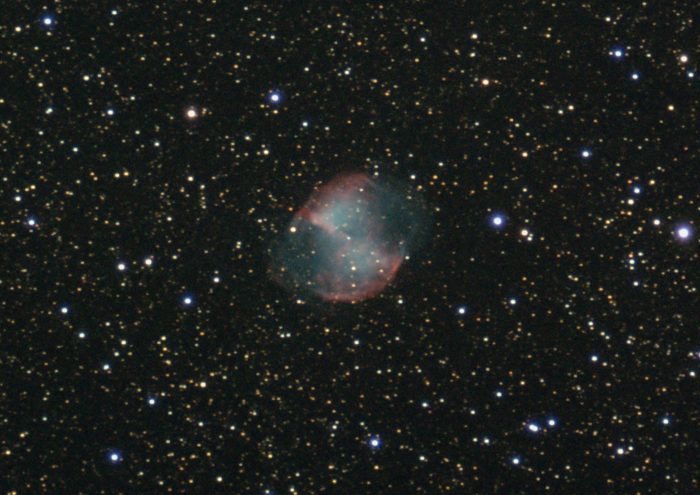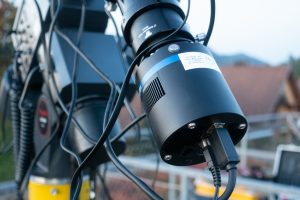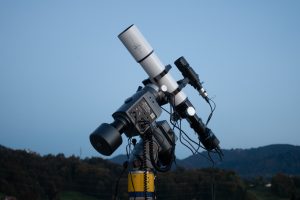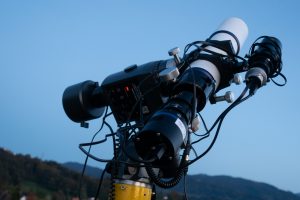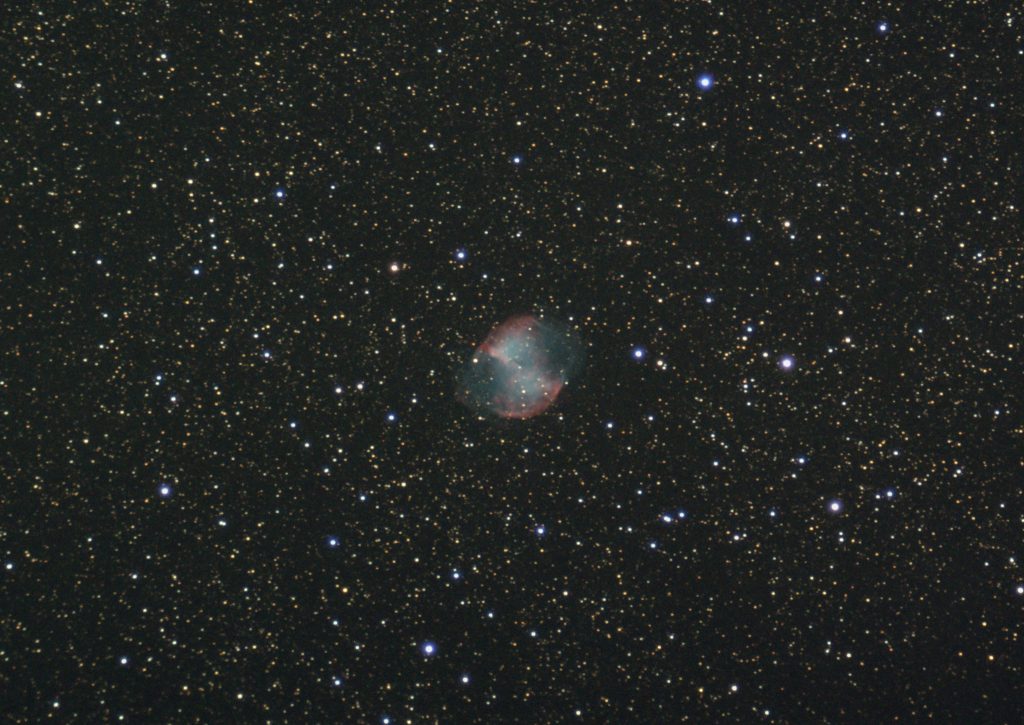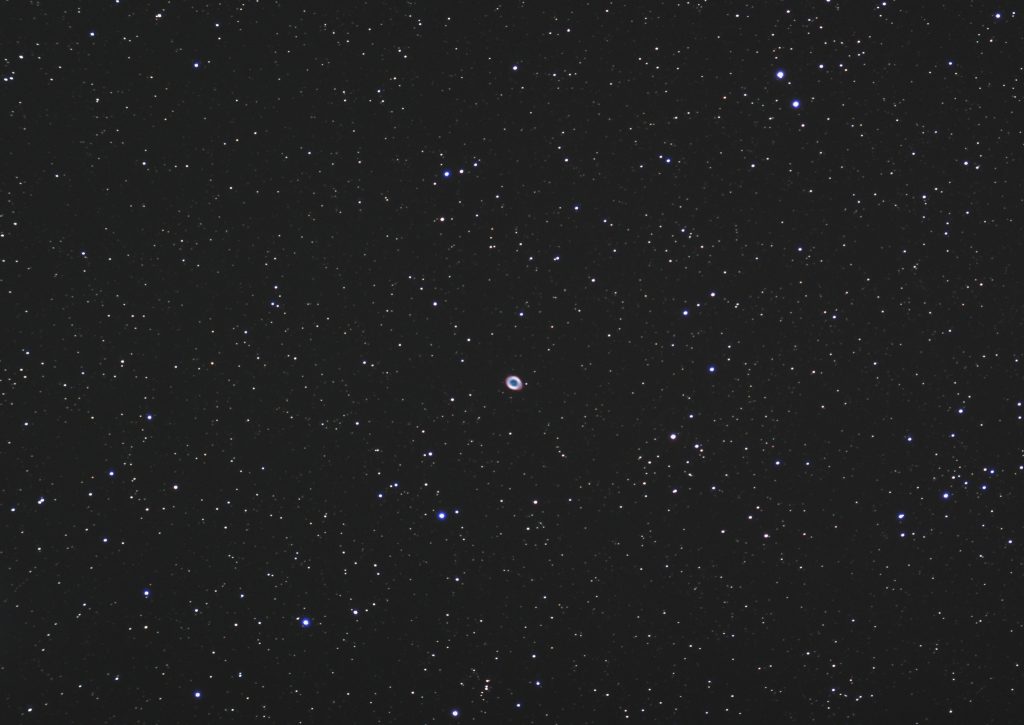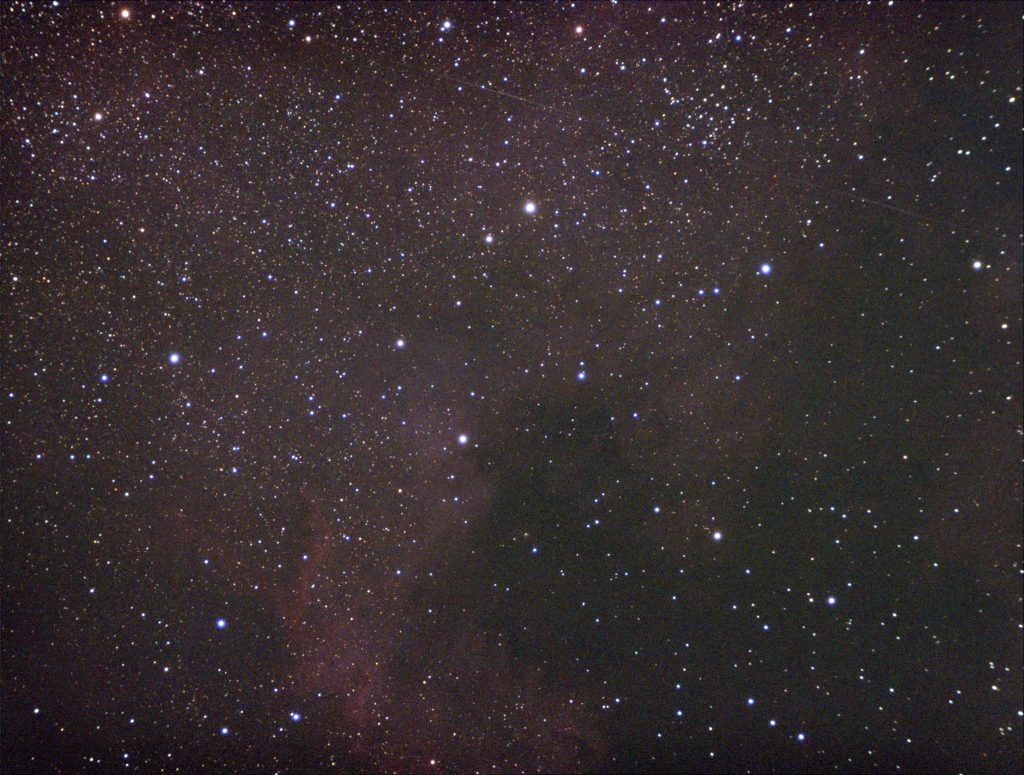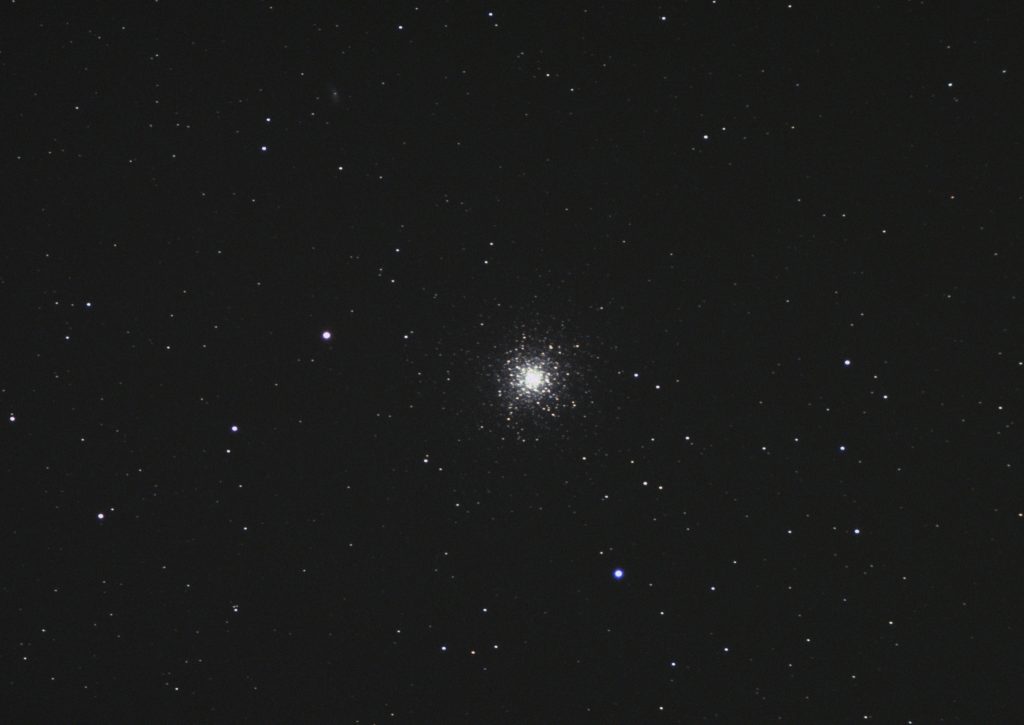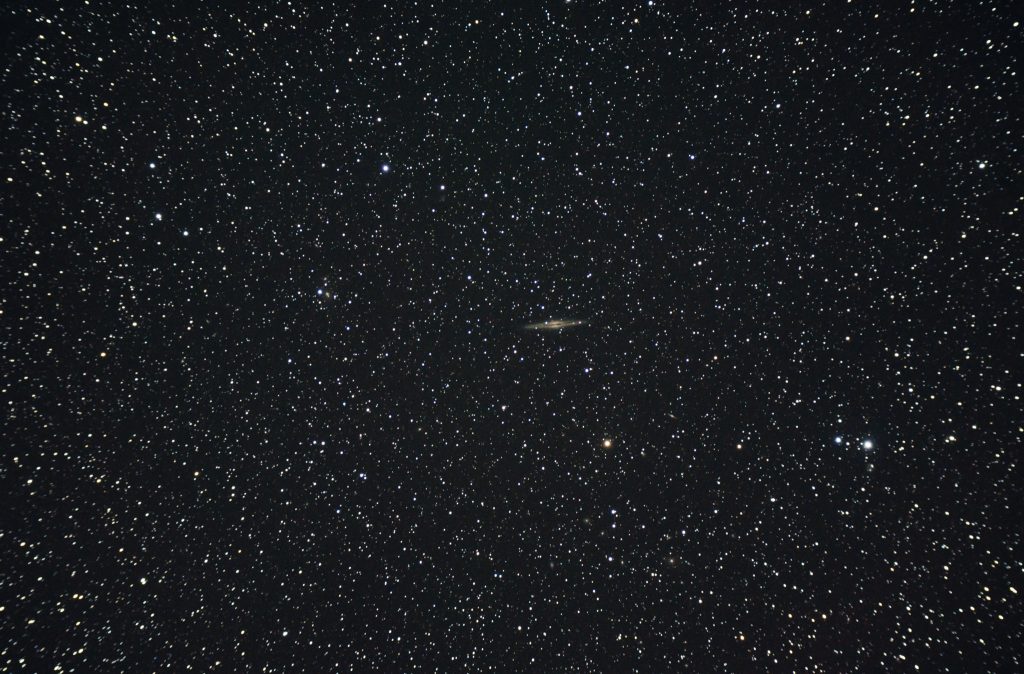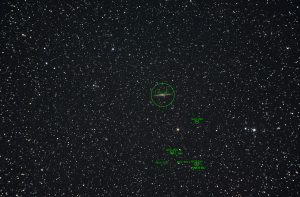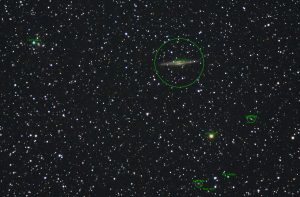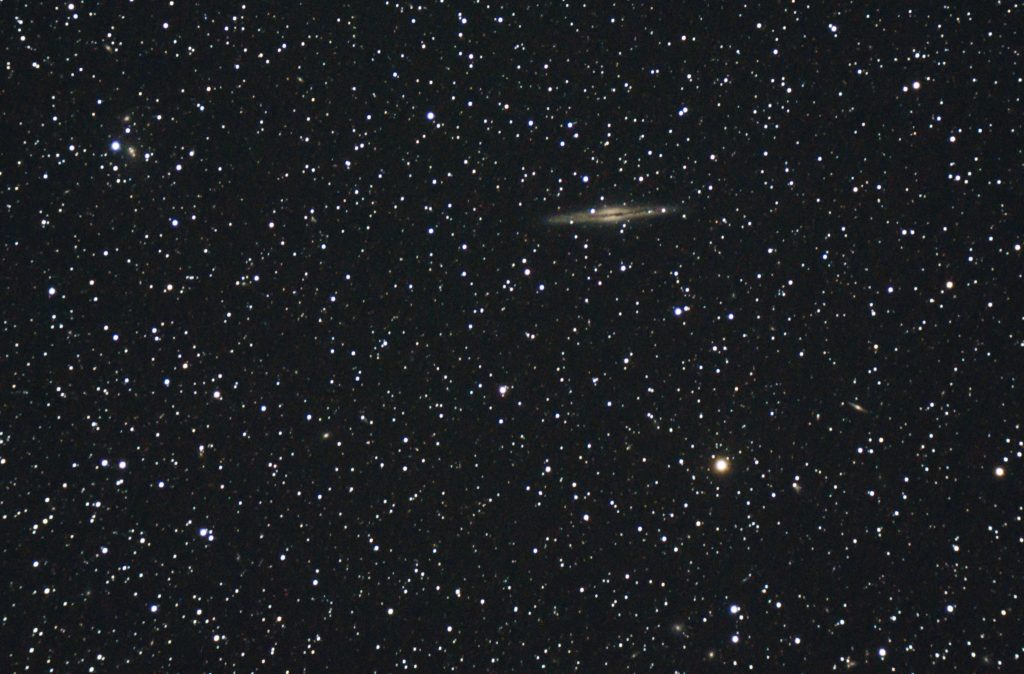The Vorarlberger Amateur Astronomen acquired a QHY163c cooled CMOS camera. It is based on a Panasonic Micro-Four-Thirds (m43) sensor, but has added cooling and an astronomical suitable ir-cut filter.
These are my first images, I think that the gain that I used (400) was too high, as some stars burned out. Next time I will also try to use a lower temperature. This time I only set it to -15° celsius.
I was limited in exposure time, as my guiding camera would not work…
Two planetary nebula, at the same image scale.
A very short exposure of the North America nebula which is obviously too big to fit into the frame.
A very short exposure of M13, the burned out stars are quite visible.
Later on I also took some images using my Nikon D750 camera:
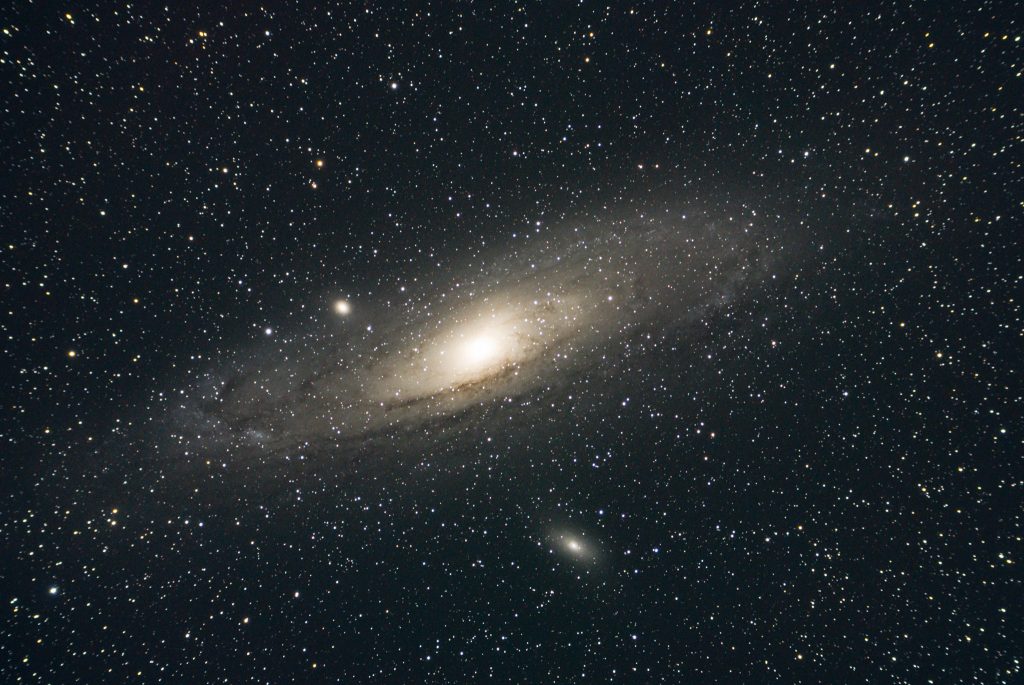
M31, M32, M110 Andromeda Galaxy with compantions. 61x30s (30,5 min.) exposure, Asto-Professional, ED 80mm f/7 refractor, Nikon D750
